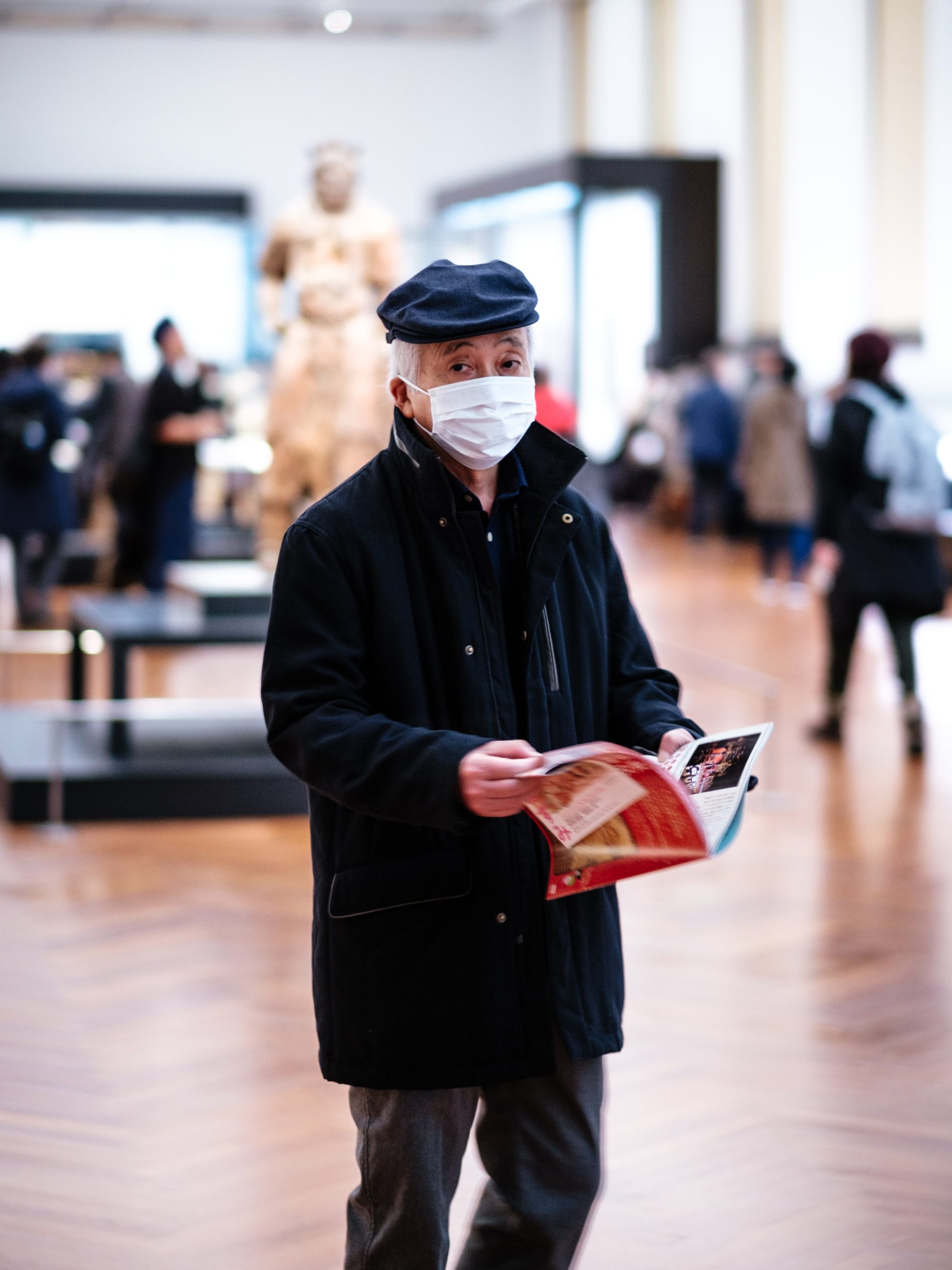Table of Contents
The Nurse Break is fortunate enough to have Dr. Thomas Coates write an informative piece on Coronavirus.
Thomas Coates is a Junior Doctor at the Prince Charles Hopsital in Brisbane. With a keen passion for biomedical science and public health, Tom has studied around the world – obtaining his Bachelor of Science in the USA before returning to Australia to complete his MD and, recently, commence an MPH. In his spare time Tom enjoys swimming, hiking, reading and is learning to play the guitar.
Coronavirus
As the Coronavirus recently met the World Health Organisation criteria for a Pandemic, let’s take a quick overview of the story so far. What we know about the virus, how it’s spreading, what we’re doing and what this all means for those of us on the front line in healthcare.
About the Virus
The Coronavirus (specifically the 2019-nCoV strain) is part of a large family of betacoronaviruses which are typically responsible for infections in animal species such as cattle and poultry. Like the 2003 SARS coronavirus that infected over nine-thousand and killed over seven-hundred-and-fifty people, the new 2019-nCoV strain is most likely to have originated in Wuhan’s wet markets3. While evidence around this theory is still evolving, with some recent reports suggesting the Wet Markets may be off the hook, the fact remains the disease made the zoonotic jump from animals to humans somewhere in Wuhan in early January.
The features and course of the infection, at least, seems familiar. The human-to-human transmission was confirmed early in the epidemic, but it took a little longer to understand the method of spread. Now, all evidence suggests the coronavirus spreads via droplet-transmission, meaning airborne particles are sufficient to carry the disease from one host to another.
Those who work in healthcare will understand that there is a common feature in most severe cases of viral respiratory tract infections. The majority of those who succumb to these flu-like diseases are individuals with compromised immune systems or poor health. Often the elderly, the young, the pregnant and those with immune deficiencies.
However, at the time of writing, reports indicate that ~30% of fatalities from the 2019-nCoV strain are individuals who were otherwise fit and healthy. Data coming from the hospital that is at the epicentre of this story has indicated 32% of all admitted cases of 2019-nCoV are considered severe enough to require ICU-level support and mortality rates are as high as 15%. While this is definitely severe, it’s important to remember that not all cases will be reported or admitted and broader mortality rates are probably closer to 3%.
So what makes the 2019-nCoV so deadly? At this stage, we simply don’t know.
About the Spread
Taking a top-down approach, we can get a good idea of how the Coronavirus is spreading throughout China and across the world.
At the time of writing the virus has killed an estimated 170 people, with over 6000 cases in China alone. While there are yet to be any deaths outside of China, we are starting to see human-to-human transmission internationally. Japan confirmed its first case two days ago, and Germany yesterday. This is especially important as controlling the spread of pathogens on a global scale is much easier when it is simply about shutting down travel and quarantining certain populations. Preventing human-to-human transmission is difficult and a pattern of family-member and healthcare-worker clusters in coronavirus cases is already emerging.
This is all in less than a month, and, even by the best estimates, we are still two to four months off an effective vaccine. What we have managed to learn from the international cases so far is that pre-symptomatic spread is possible with computer modelling indicating that each infected person will spread the illness to an average of 2.5 other individuals.
Closer to home, Australia now has seven confirmed cases with the latest case in the Gold Coast confirmed yesterday. Each of these cases is individuals who were travelling from China and, as yet, there are no confirmed cases of human-to-human transmission in Australia. Thankfully, the earliest confirmed Australian cases of 2019-nCoV from Australia are already close to making a full recovery.
So where does this leave us? The expert consensus at this stage is that we are relatively safe. While China is definitely on the edge of a serious epidemic – with a dense population and a high number of infected individuals – the screening and quarantine efforts put in place in Australia mean we are unlikely to see an uncontrolled spread of 2019-nCoV here at home.
The greatest threat we face at this stage is the influx of returning Australians who’ve been in China visiting family and friends for the Lunar New Year and international students returning home to start university. But, as we’ll see, this is also being addressed.
About the Response
While the virus may look a lot like what we’ve seen in the past, the response is startlingly modern. There’s been a fair amount of finger-pointing about various authorities potentially down-playing the seriousness of the outbreak, yet the actions taken on the ground have been extensive and swift. In China, travel for the Chinese New Year was restricted, Wuhan closed its Wet Markets, a temporary (1000 bed) hospital designed specifically for quarantining infected individuals is being erected and international travel has been greatly reduced.
Australia and many other nations have put out recommendations for citizens to seriously reconsider travel to China in the midst of the outbreak. Airports have implemented strict screening of individuals travelling from Wuhan to Australia, and yesterday that was extended to all individuals travelling from China to Australia.
A joint operation with NZ has also been unveiled, to quarantine Australian nationals from Wuhan on Christmas Island for up to 14 days. Many authorities are even calling for returning travellers and students from Wuhan and China to isolate themselves and not return to university.
Australia is contributing to international efforts as well. The University of Queensland won a bid to produce a vaccine for the virus, and the Peter Doherty Institute was the first to duplicate the virus in vitro. Both key steps in overcoming 2019-nCoV in a more permanent way.
So why all the effort for a virus that has barely reached Australia? It’s understood that our best opportunity to combat a virus is while it’s in its early stages of spread. As the population of sick individuals grows, our resources are stretched thinner with fewer capabilities to both treat and quarantine this population. At a certain point, we’re no longer able to implement effective measures in combatting viral spread and an epidemic ensues. It’s this point that authorities are so adamant to avoid reaching.
What does this mean for us?
Like many other respiratory illnesses, the 2019-nCoV infection present with a cough, shortness of breath and chest discomfort yet it tends to spare the quintessential upper respiratory tract features of pharyngitis and rhinorrhoea. So be on the lookout for this clinical picture in anyone with a travel history (or who’s had close contact with someone who has a travel history) to Wuhan or China.
As a healthcare professional in Australia, at this stage, it’s a waiting game. Staying up to date with information released by relevant public health institutions (there’s a good list below) and going back to basics are going to be the cornerstones of our responsibilities.
A travel and contacts history in anyone with a fever. Good hand hygiene and closely following contact and droplet precautions. Surgical masks and negatively ventilated rooms for any patient who’s a suspected 2019-nCoV carrier. These basics are our role in a larger safety-net of precautions that will hopefully identify any unwell individuals before they have the chance to spread the virus to others.
Department of Health – Coronavirus Info Page | ACT Health | Vic Health | NSW Health
Department of Health Northern Territory| Queensland Health | SA Health | CDC | WHO
Written by Thomas Coates (MD, B.Sci (Hons))







You must be logged in to post a comment.